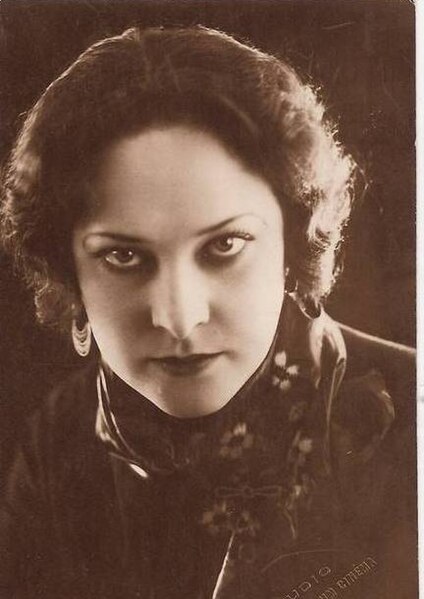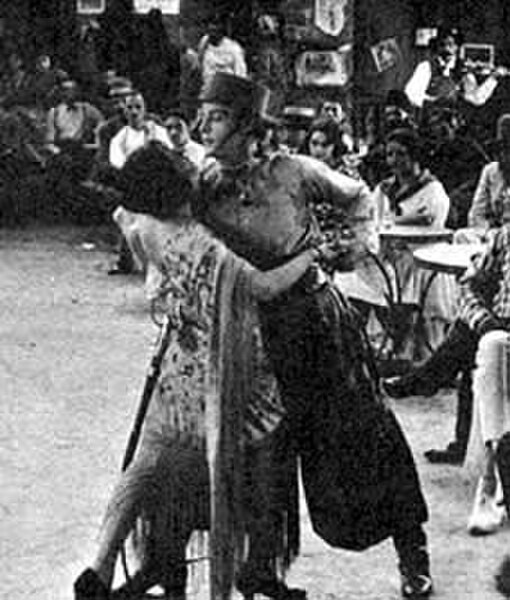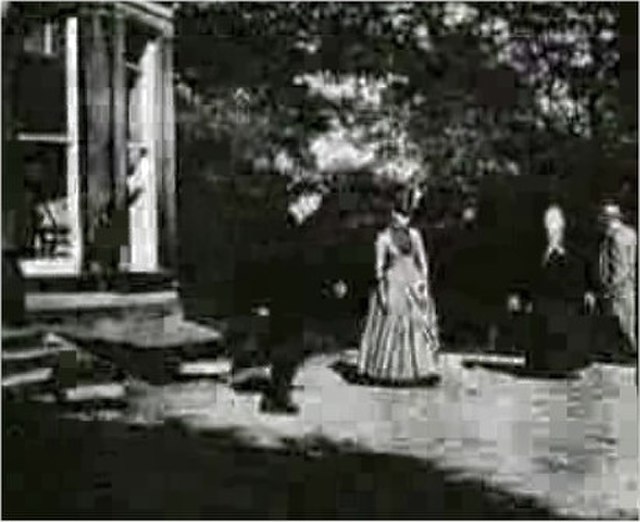Napoléon is a 1927 French silent epic historical film, produced, and directed by Abel Gance that tells the story of Napoleon's early years. It is also the only film to use Polyvision. On screen, the title is Napoléon vu par Abel Gance, meaning "Napoleon as seen by Abel Gance". The film is recognised as a masterwork of fluid camera motion, produced in a time when most camera shots were static. Many innovative techniques were used to make the film, including fast cutting, extensive close-ups, a wide variety of hand-held camera shots, location shooting, point of view shots, multiple-camera setups, multiple exposure, superimposition, underwater camera, kaleidoscopic images, film tinting, split screen and mosaic shots, multi-screen projection, and other visual effects. A revival of Napoléon in the mid-1950s influenced the filmmakers of the French New Wave. The film used the Keller-Dorian cinematography for its color sequences.
Poster from the 1981 Radio City Music Hall screenings
Actor Albert Dieudonné played Napoleon
French actress Gina Manès played Joséphine de Beauharnais, Napoleon's wife.
Abel Gance wrote, produced, directed and acted in the film.
A silent film is a film without synchronized recorded sound. Though silent films convey narrative and emotion visually, various plot elements or key lines of dialogue may, when necessary, be conveyed by the use of inter-title cards.
A still from 1921's The Four Horsemen of the Apocalypse, one of the highest-grossing silent films
Charlie Chaplin, widely acclaimed as one of the most iconic actors of the silent era, c. 1919
Roundhay Garden Scene, which has a running time of just over two seconds, was filmed in 1888. It is believed to be the world's earliest surviving motion-picture film. The elderly lady in black is Sarah Whitley, the mother-in-law of filmmaker Louis Le Prince; she died ten days after this scene was filmed.
Aziza Amir in Laila (1927)








